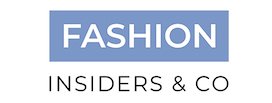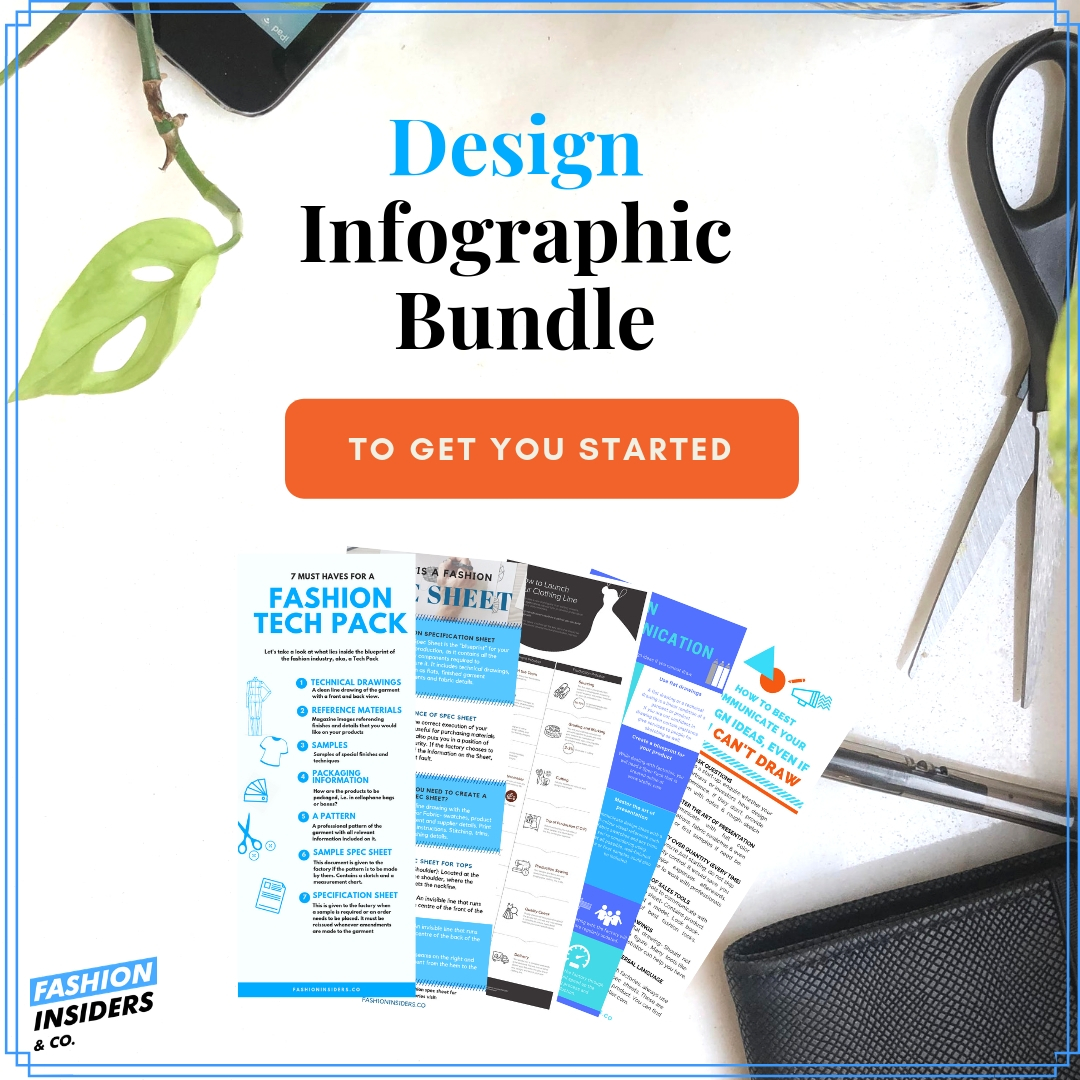Were you aware that there are six, yes six popular methods presently used to transfer coloured patterns onto cloth? No, neither did I.
With so many different available options, it is useful to know what is the best method for different projects, and why are some methods so much more expensive than others?
Let’s dive into these printing techniques.
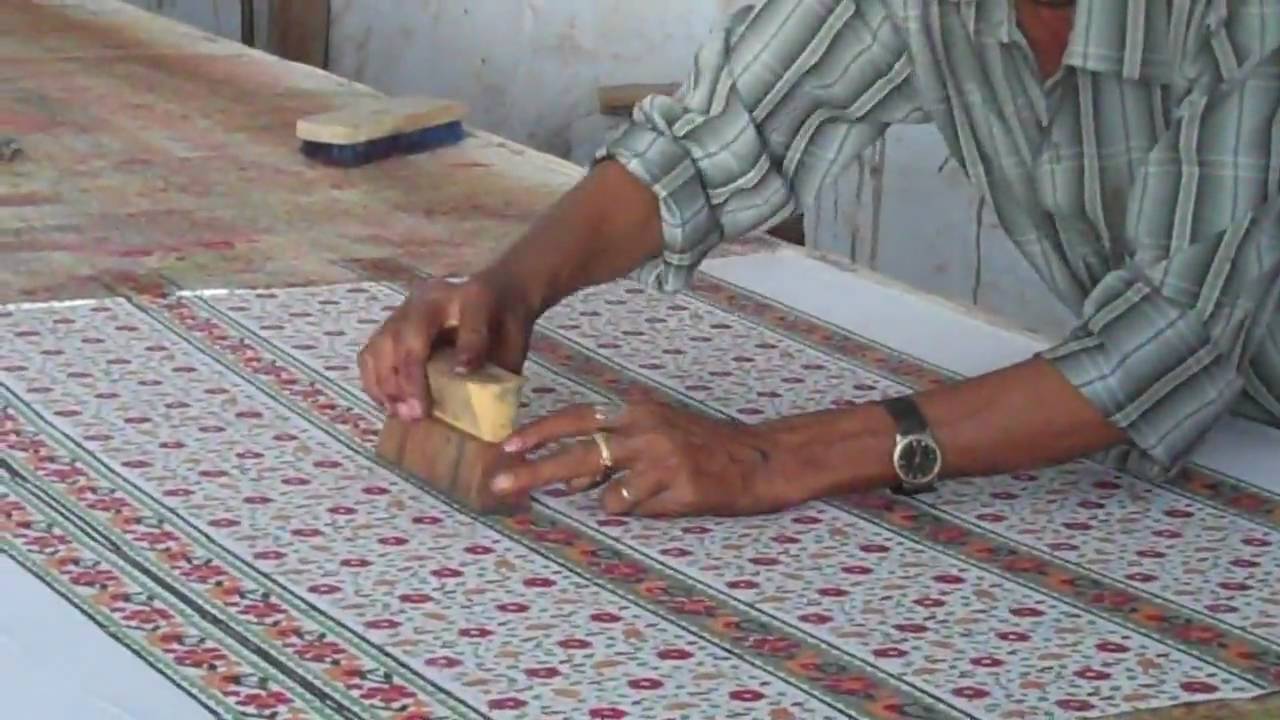
Woodblock Printing Technique
Woodblock printing is one of the earliest printing techniques. It creates a natural, almost vintage effect on natural fabrics such as cotton, linen and silk.
William Morris used this method, to great effect, for some of his materials. For every colour used in the design, a separate wooden block must be carved. The larger, heavier designs are carved first while the more intricate detailing is left till last.
In some instances, a method, called coppering, in which strips of brass or copper are driven into the blocks to represent finer design details, is also used. The colour is applied to the block and pressed firmly onto the cloth. This process is then repeated until the full length of fabric is printed.
Pros:
- It’s a process that imparts a simple yet intriguing effect to the fabric.
- It is a simple way of transferring patterns and text to lengths of material.
Cons:
- If a selection of colours is to be used, each one must dry thoroughly before the others are applied.
- While the effect of block printing is simplistic it is a very time-consuming method and could become quite an expensive endeavour once the carving time is considered.
Costs:
Fabric and dye costs are relatively affordable. The carving of the wood block can be labour intensive depending on the intricacy of the design. Therefore, the costs could be quite high.
Cylinder Printing Technique
Cylinder Printing in the 18th Century the technique of roller or cylinder printing was developed, supplanting woodblock printing on textiles in industrialised countries.
Cylinder printing is the process by which the fabric is carried along a rotating central cylinder and pressed by a series of rollers, each of which is engraved with the design. Each roller is fed a different colour through feed rollers, and some roller printing machines were even able to print 6 colours at once, making them much faster than the block printing process. The printed cloth is then passed through a drying chamber, followed by a steam chamber where the moisture and heat set the dye.
Pros:
- The results in terms of print quality are very much like traditional woodblock printing. However, due to the machinery used the printing process is much faster.
- Large amounts of fabric are traditionally printed on the cylinders with 100 metres of cloth printed within a minute.
Cons:
- Due to the nature of the printing process, this method is best suited to lighter shades as deeper colours are harder to obtain.
- Another disadvantage of using this process is the ‘crush effect’. Applying several colours in one drawing is achieved by using several printing rollers. Each roller applies one colour. During the printing process, each colour will be “crushed” by the following rollers as many times as there are colours left to be applied.
- Consequently, the colour will be pushed more and more through the fabric to be printed leading to a reduction in colour strength of up to 50%.
- In roller printing, it is essential to apply the light colours before the darker ones because traces of the preceding colour can be carried forward into the following colour.
Costs:
- This process is very expensive and more suited to volume production.
- The changing times between printing of the various batches are so considerable in the complete production process, the cost-effectiveness in machine utilization can drop to 50%. The changing time is necessary for adjusting and preparing the machines for new print design.
- Added to this the engraving of the printing rollers is also an expensive operation pushing costs up further.
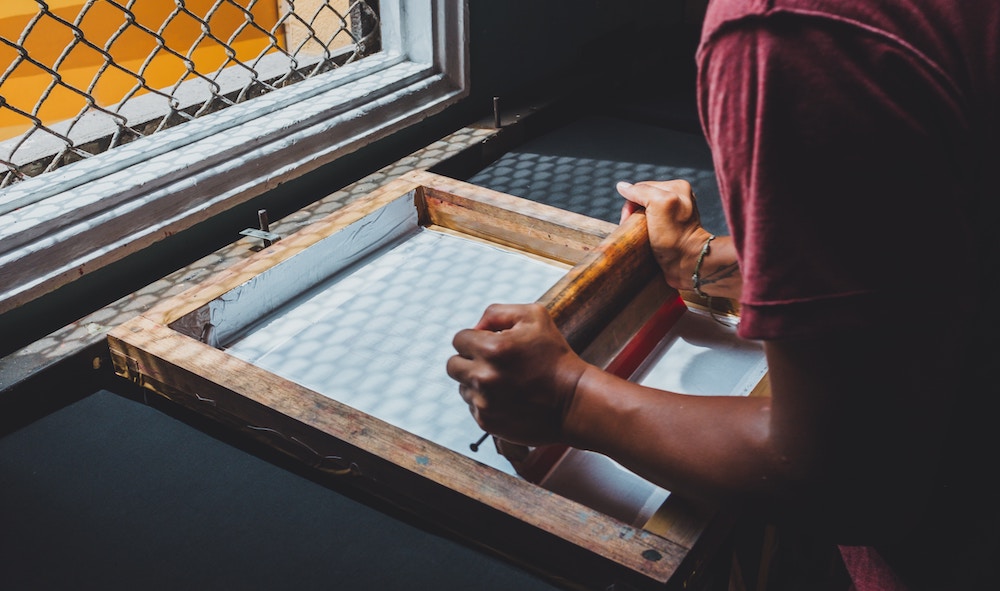
Screen Printing Technique
Screen printing is one of the most popular forms of printing. The technique uses a screen made from nylon which is mounted onto a metal frame and is taut. A stencil is formed by blocking off parts of the screen where the ink will appear on the material.
It is particularly good for printing onto pre-made items such as tee shirts and canvas bags. The inks used for screen printing contain a fixative which renders them fairly thick.
The large variety of inks form the basis for the application of specialist effects. These include expanding ink; added to plastisol inks to create a puffed effect on garments, flocking; a glue printed onto the fabric and flock material is applied for a velvet touch and caviar beads; a glue that is printed in the shape of the design to which small plastic beads are applied. It works well with solid block areas as it creates an interesting tactile surface.
Should you wish to print lighter colours onto darker materials then a discharge ink would be used.
Pros:
- Screen printing is more versatile than traditional printing techniques. The surface does not require the addition of pressure, unlike etching.
- It’s also possible to use a wide variety of different inks, depending on your choice of materials.
- It’s also a great process for adding special effects such as texture to clothing. One of the pros of using the discharge process is that it’s especially good for distressed prints and under-basing on dark garments that are to be printed with additional layers of plastisol.
- It adds variety to the design or gives it a naturally soft feel.
Cons:
- Screen printing can be messy and a lot of space is required to do it properly as items need to be left to dry on circular, rotating hangers.
- It’s possible to screen print at home providing your designs are small.
- The cons with the discharge process is that the results are less graphic in nature than plastisol inks, and exact colour matches are difficult to make. The inks do not penetrate the material but sit on the upper layer creating a waxy finish.
- Costs: Affordable
Heat Press Printing Technique
As the name suggests, this printing technique uses heat and pressure to inscribe the design on the garment. An average heat press machine consists of a hot plate, temperature and pressure controller, a clam-like handle to press down on, a timer and a soft rubber pad onto which a t-shirt or a garment goes.
You set the temperature to 180-190 degree Celsius, place the garment on the rubber pad, design/print your pattern that you want to print, on a transfer paper. Place the paper face-down and press the clam handle for 13 seconds (or until the timer runs off).
Lift the handle, stretch the garment so that you can peel off the transfer paper easily. You will see that the design has been printed on the garment now.
If you want to do the same at the back, just put silicone paper on the design you’ve just printed (for its safety and to avoid cracks) and print on the backside as you did above.
Remove the transfer paper from the back and silicone paper from the front. Stretch the fabric a little and you’re good to go.
Pros: Easy and quick to do. It allows a variety of colours in one go.
Cons: Good for smaller businesses/quantities as this is entirely manual labour. Also, Prints can fade after several washes.
Cost: Moderate
Dye-sublimation Printing Technique
Dye-sublimation printing is a digital printing technology (part of heat press) using full-colour artwork that works with polyester and polymer-coated fabrics.
Also referred to as digital sublimation, the process is commonly used for decorating apparel, and other items with sublimation-friendly surfaces.
The process uses the science of sublimation, in which heat and pressure are applied to a solid, turning it into a gas through an endothermic reaction without passing through the liquid phase.
In sublimation printing, unique dyes are transferred to sheets of “transfer” paper, via liquid gel ink, through a piezoelectric print head.
The ink is deposited on these high-release inkjet papers, which are used for the next step of the sublimation printing process.
After the digital design is printed onto sublimation transfer sheets, it is placed on a heat press along with the material to be sublimated.
In order to transfer the image from the paper to the material, it requires a heat press process that is a combination of time, temperature and pressure. The heat press applies this special combination, which can change depending on the material used, to “transfer” the sublimation dyes at the molecular level into the material.
The end result of the sublimation process is a nearly permanent, high resolution, full colour print. Because the dyes are infused into the material at the molecular level, rather than applied at a topical level (such as with screen printing and direct to garment printing), the prints will not crack, fade or peel from the material under normal conditions.
Pros:
-
- Images are permanent and do not peel or fade.
- Dye does not build up on the fabric.
- Colours can be extraordinarily brilliant due to the bonding of the dye to the transparent fibres of the synthetic fabric.
- Truly continuous tones can be achieved that are equivalent to photographs, without the use of special techniques such as half-screen printing.
- The image can be printed all over the entire item, with no difficulty in printing all the way to the edges.
Cons:
- The printer speed is low.
- Any creases in the apparel during printing leave blank spots behind.
Costs: These are dependent on the size and type of material selected.
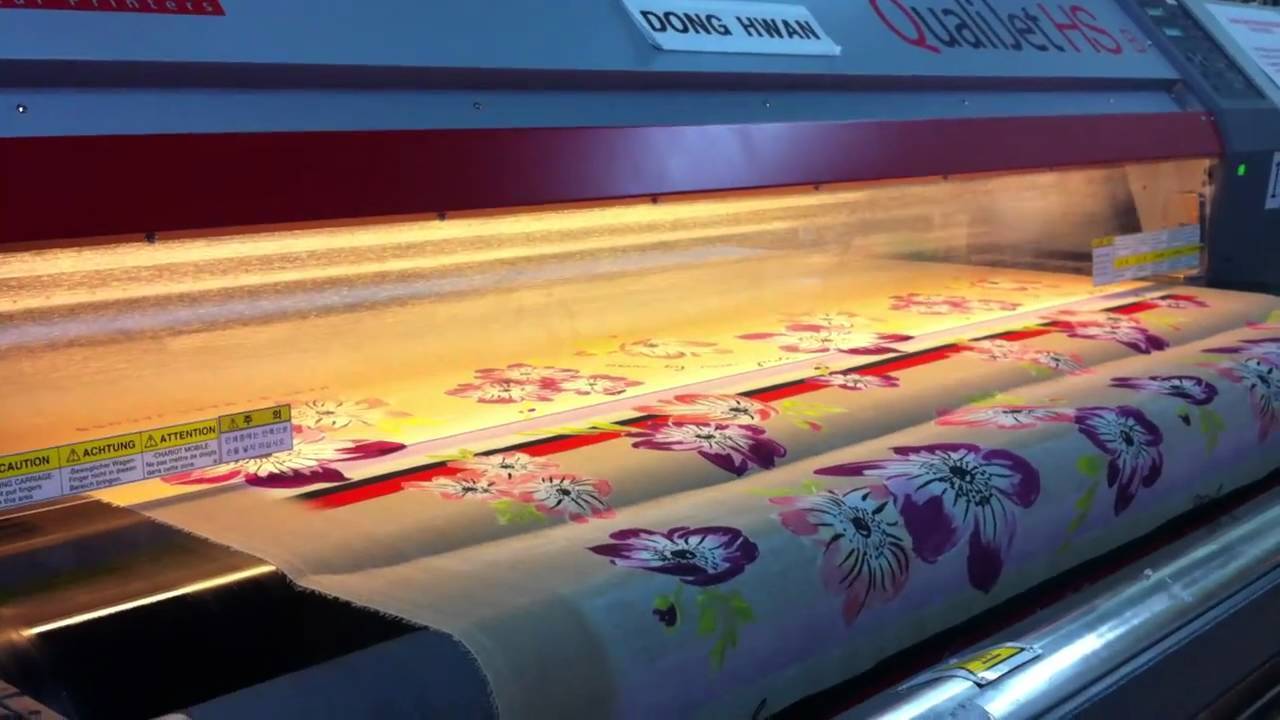
Digital Printing Technique
Often referred to as direct-to-garment printing, DTG printing, or digital garment printing. It is a process of printing reactive ink onto textiles and garments using specialized or modified inkjet technology which penetrates the fabric, unlike screen-printing which sits on top of the cloth.
This printing method is perfect for long lengths of fabric as a repeat image is created through the Adobe suite and sent to the printer as a file.
The inks, unlike those used for screen-printing, are very thin and do not contain a fixative. The fabrics that are used for DTG are pre-treated with a fixative.
These fabrics include silk, cotton, rayon, wool and linen as well as mixes of the aforementioned. Inkjet printing on fabric is also possible with an inkjet printer by using fabric sheets with a removable paper backing.
Today, major inkjet technology manufacturers can offer specialized products designed for direct printing on textiles, not only for sampling but also for bulk production. Printing onto nylon and silk can be done by using acid ink.
Reactive ink is used for cellulose-based fibres such as cotton and linen. Inkjet technology in digital textile printing allows for single pieces, mid-run production and even long-run alternatives to screen printed fabric.
Pros:
- There are many companies that specialize in digital printing. Local companies such as The Silk Bureau offer a wide range of pre-treated fabrics such as silk and silk mixes, linens and cotton, stretch fabrics, light and heavy polyesters and rayon, viscose and modal.
- The process is very fast.
Cons:
- There can be, on occasion, a loss of some fine-image detail by most commercial digital printing processes.
- The reactive dyes used are more difficult to process.
- After printing, the fabrics require hot steam fixation and extensive washing. This leads to more time spent and the use of more equipment in the production process.
- All of these processes result in an expensive product.
Costs:
- Digital printing is generally expensive if applied to silk and wool.
- Cotton and linens are slightly cheaper. It’s a good idea to test areas of your artwork prior to printing full-lengths, just to ensure satisfaction with colour resolution and density of artwork.
- Some companies do offer a test service on 0.5 metres of fabric which reduces your printing costs in the long term should there be any mistakes that need resolving.
As you can see, the choices are many. Depending on your budget, need and volume – printing is accessible to everybody.
Advances of technology have really created numerous opportunities in this area and as a result, fashion is vibrant and diverse.
The only limit one can encounter where print is concerned is imagination.
